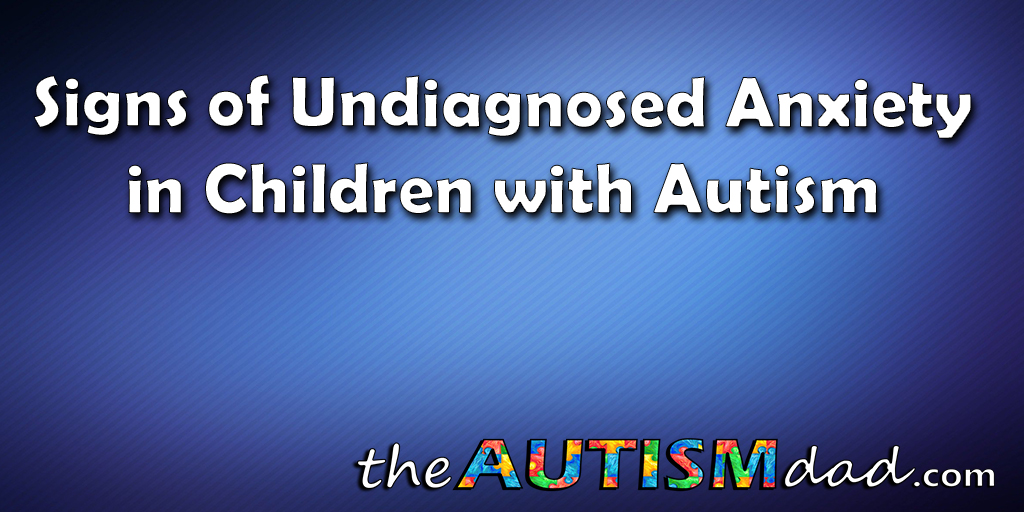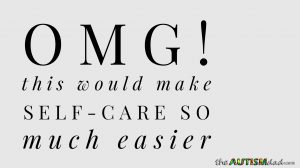By Hailey Shafir, LPC, LCAS, CCS-I
Anxiety is the single most common mental health disorder in America, and will affect over one third of the population at some point during their lives. In children with Autism Spectrum Disorder (ASD), these numbers are even higher, with some studies estimating as many as 84% of these children also have an anxiety disorder. Often, anxiety may be overlooked in children with Autism because some symptoms of anxiety and ASD overlap, and also because anxiety can present in atypical ways with children on the spectrum.
There are several different types of anxiety disorders, and research indicates certain types are more common in children on the spectrum. Specific Phobias (where the child is afraid of a specific situation or object like spiders, small spaces, or loud noises), Obsessive Compulsive Disorder, and Social Anxiety Disorder are most commonly seen in children with ASD, but often go undiagnosed.
If you have or care for a child with Autism, here are 5 signs which may indicate your child is struggling with an anxiety disorder:
- Your child becomes irritable, upset, aggressive, or throws tantrums in certain situations: Children with Autism often do not have the ability to express their emotions in ways neurotypical children might. Parents and caregivers of children on the spectrum will need to monitor their child’s behavior, watching for changes that indicate they are upset, scared, or angry. When anxious, a child might start crying, have loud vocalizations, repeat themselves, or may even become aggressive. While these changes are often attributed to anger, they may actually be signs that your child is feeling overwhelmed, scared, or overstimulated, which all can be more closely linked to anxiety, not anger. Taking time to consider whether anxiety could be underneath these outbursts can sometimes make them more understandable, and may also inform some solutions.
- Your child refuses certain tasks, activities, places, or situations: Another way that anxiety can present in children with ASD is by their resistance or refusal to do certain things or go certain places. Avoidance is a common way that anxiety shows up, even in children and adults without Autism. If your child has a pattern of refusing certain tasks, people, places, or situations, it is often because some aspect of this situation makes them feel anxious and uncomfortable. Working to determine what aspect of the task or situation is uncomfortable for them can sometimes result in making minor changes which can make a big difference for your child.
- Your child becomes more fixated on things, repeating words or behaviors: Autism shares many features with a specific type of anxiety disorder known as Obsessive Compulsive Disorder, or OCD. In people with OCD, people cope with their anxiety through repetitive words, behaviors or routines and these are most active during times when the person is most anxious. While repeating words, behaviors, and routines is a core feature of ASD, children might become more likely to become fixated on these routines when they are feeling anxious. The next time your child becomes overly fixated, try to consider whether this behavior might be anxiety-driven.
- Your child does things that injure or irritate their body: Children who are on the spectrum often display certain types of self-injury and these behaviors range from mildly harmful like occasionally picking their skin or biting their nails to more serious behaviors like banging their head, pulling out their hair or biting or cutting to the point of drawing blood. While these behaviors are sometimes related to a child becoming upset, they can also be a signal of anxiety, particularly when there are noticeable patterns of these behaviors increasing under stress, during transitions or in new situations. When considering these behaviors through the lens of anxiety, parents may be able to find ways to comfort their child during these times, which is sometimes more effective in redirecting this behavior than just giving prompts.
- Your child’s school describes that their behavior at school is much different from their behavior at home: Because children with Autism have difficulties interacting with others, they may be more prone to anxiety in school than they are at home, particularly as they get older and the differences between them and their peers become more noticeable and seem more important. Their inability to connect and relate to peers might be the source of a lot of anxiety, and this might be largely unseen by parents who do not see their children in this setting. Often, teachers and other people who work with your child while they are in school could provide some insight about their behavior. When their behavior patterns at school vary significantly from their behavior at home, it may be an indication that they are having a lot of anxiety at school. Sometimes, this social anxiety can be improved with specific types of social skills and communication training.
When children with Autism have undiagnosed anxiety, they may be missing out on important types of treatment which can vastly help to improve their ability to function and interact with others, as well as their overall quality of life. A specific type of therapy called Cognitive Behavioral Therapy, or “CBT”, has shown in several studies to be an effective treatment for anxiety in children with ASD. If you suspect that your child might be suffering from an anxiety disorder, talk with their doctor or school counselor to ask for a referral for a mental health assessment, particularly to a professional who has a background in working with children with ASD.





Very informative and important information to know. Being the parent of an autistic adult and having dealt with anxiety disorder for thirty plus years, as well as having worked in a group home with young adults with anxiety disorders, this article will be of great use to both parents of autistic persons and also for teachers and others who may not understand the full scope that this is a part of autism.